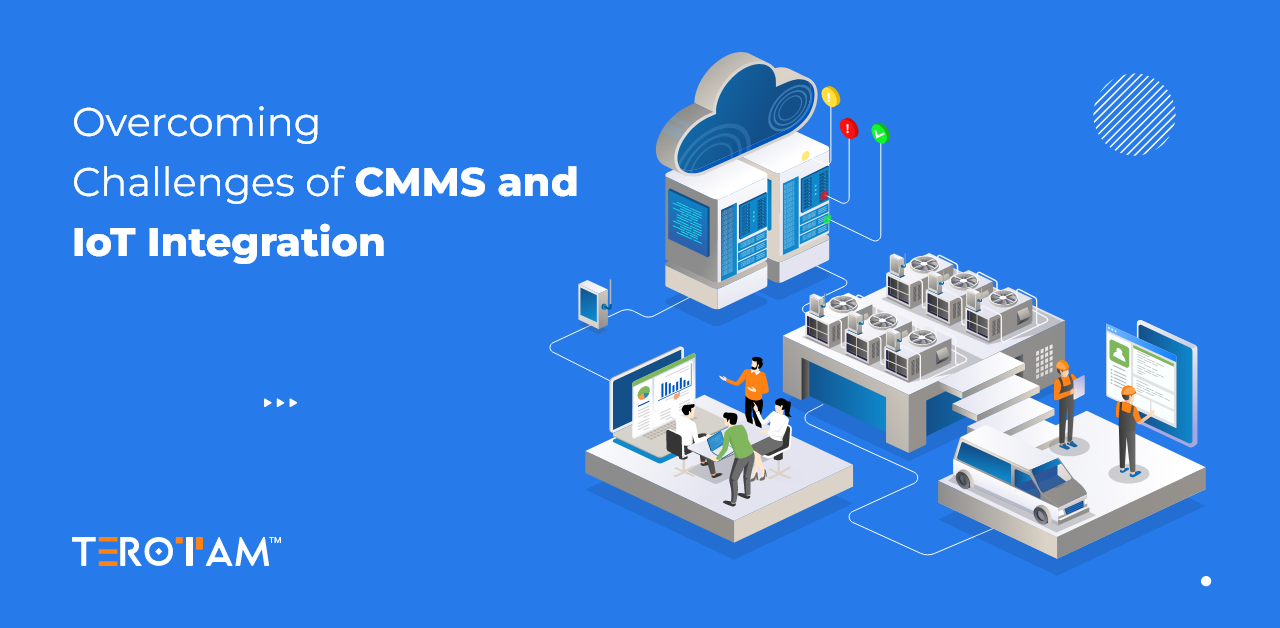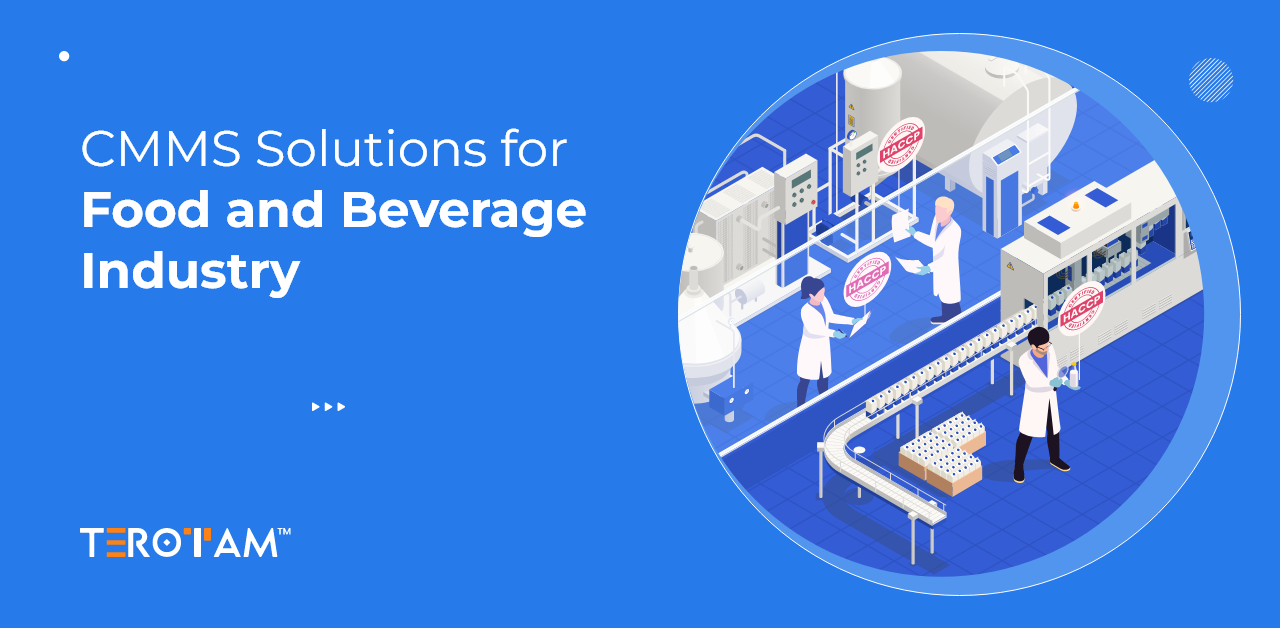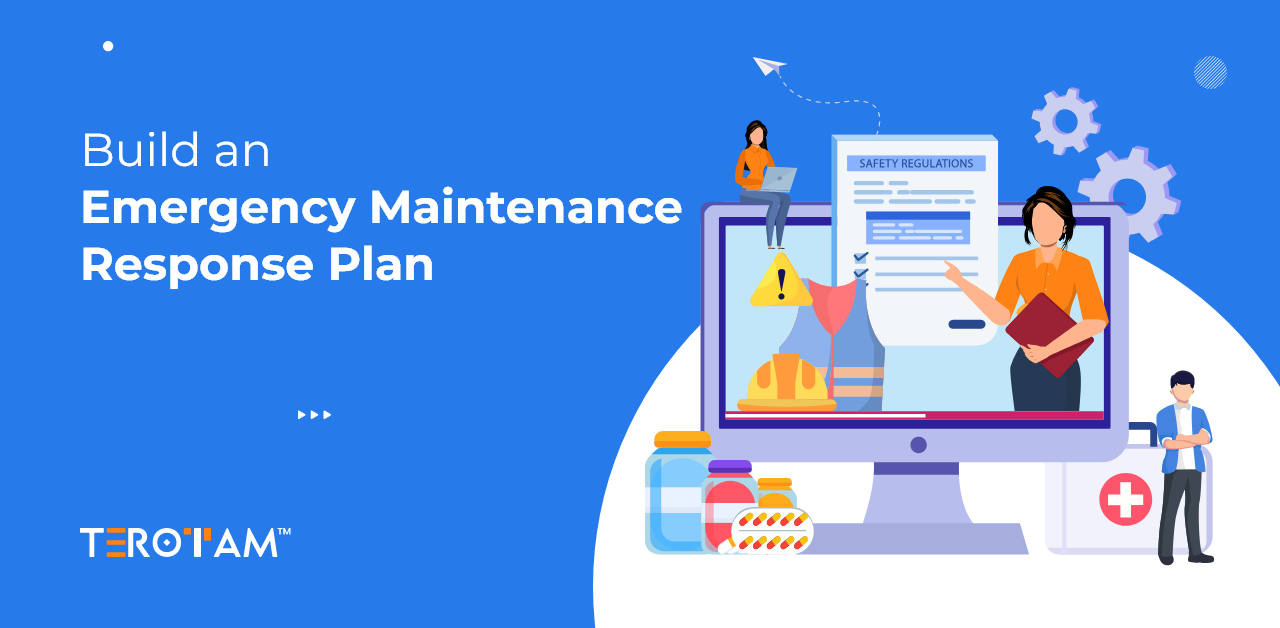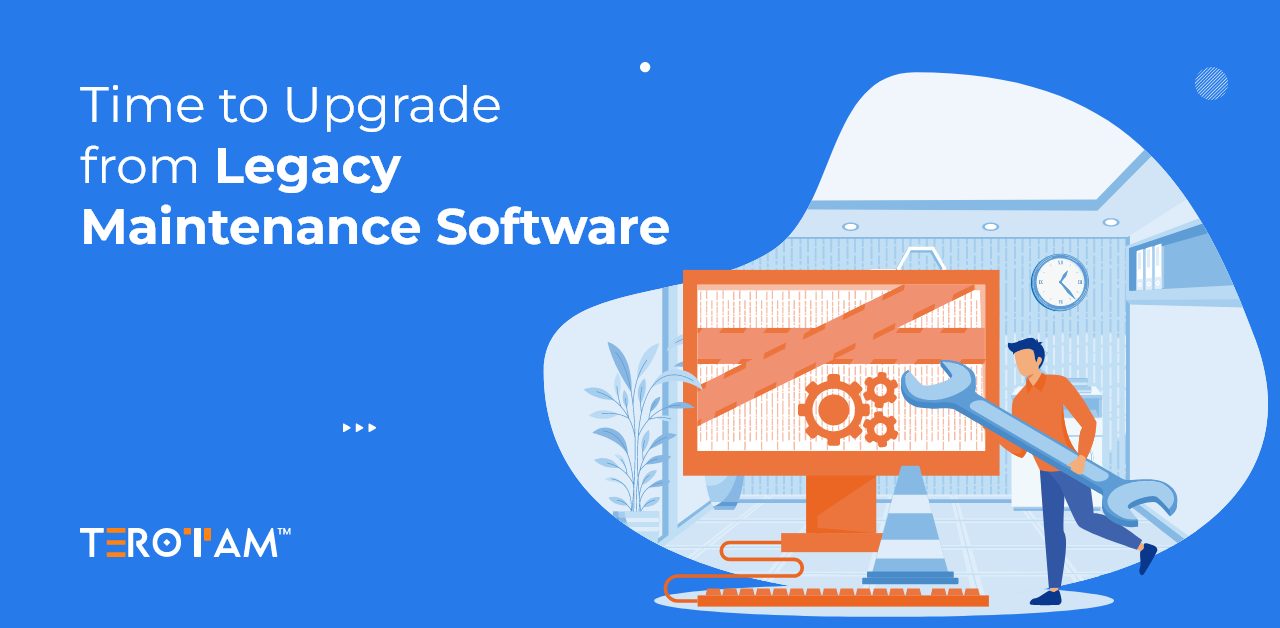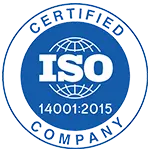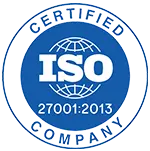The convergence of Computerised Maintenance Management Systems (CMMS) with IoT technologies is reshaping how organisations handle asset maintenance and performance monitoring. Through real-time data capture from IoT-enabled equipment, CMMS platforms can automate work order generation, enhance visibility into asset conditions, and support predictive maintenance strategies. While this integration promises improved efficiency and reduced downtime, executing it correctly requires a deep understanding of both operational workflows and digital infrastructure.
Challenges often arise when attempting to align older maintenance systems with newer IoT frameworks. Legacy machinery may lack sensor compatibility, data formats may not sync across platforms, and ensuring secure, uninterrupted data flow between devices and systems can become a significant obstacle. Without a well-structured integration plan, these technical gaps can lead to inconsistent data, communication lags, or even system failures that disrupt maintenance planning.
This article explores the most common technical and operational hurdles faced during CMMS-IoT integration and outlines actionable steps to resolve them, from system audits and middleware usage to cybersecurity safeguards and pilot-based rollouts.
What integration challenges do businesses typically face when connecting CMMS and IoT?
Integrating CMMS with IoT devices may sound straightforward on paper, but the practical implementation often reveals a different picture. Compatibility issues between legacy systems and modern sensor technologies can slow down progress, while inconsistent data formats make it difficult to ensure clean, actionable insights. On top of that, organizations must handle network infrastructure gaps, evolving cybersecurity requirements, and team readiness all at once. Without clearly defined objectives and the right technical framework, even well-funded projects can get stuck in the setup phase. Understanding where and why these issues occur is essential before committing resources to a full-scale integration.
Disparate systems and data silos
Many businesses still run older systems that don’t natively support integration. Bridging the gap between traditional CMMS platforms and IoT hardware can be complicated without the right tools.
Data overload without context
IoT devices constantly generate large volumes of data. But if that information isn’t properly filtered and aligned with maintenance goals, teams may struggle to act on it effectively.
Connectivity and scalability issues
Reliable connection across all devices is essential. In large or remote facilities, establishing and maintaining stable links for every IoT unit can be both costly and complex.
Cybersecurity risks
Adding IoT layers increases the number of access points. Without strong security frameworks, organisations risk data breaches and system vulnerabilities.
Lack of skilled personnel
Integrating systems often requires specific technical knowledge. Not every team has internal staff equipped to handle IoT connectivity, network design, or platform-level coding.
How can businesses overcome the technical and operational challenges of CMMS-IoT integration?
Solving the challenges of CMMS-IoT integration requires more than just purchasing the right tools. It demands a structured plan that accounts for both infrastructure limitations and human factors. From system readiness and device compatibility to network design and data integrity, each layer must be aligned to ensure the integration delivers measurable improvements. The following steps outline how businesses can move forward effectively and build a connected maintenance environment that is reliable, secure, and scalable.
1. Evaluate the current systems and asset infrastructure
Before integrating anything new, assess the existing CMMS, asset portfolio, sensor readiness, and data architecture. Identify which machines are IoT-compatible, where manual input still dominates, and whether the current CMMS supports integration APIs. This audit helps define the scope, highlight weak points, and avoid last-minute surprises.
2. Define clear integration objectives and use cases
Rather than connecting all devices at once, start with specific goals—such as temperature-based alerting for HVAC units or vibration tracking for rotating equipment. Use cases help narrow technical focus, simplify configuration, and demonstrate early wins that justify scaling up.
3. Select integration-friendly CMMS platforms
Choose a CMMS that supports real-time data syncing, REST APIs, or native IoT plug-ins. These features reduce the need for custom coding and make it easier to bridge IoT platforms, gateways, and your maintenance software without patchwork solutions.
4. Use middleware to manage data flow and compatibility
Middleware platforms act as translators between your IoT devices and CMMS. They help normalise incoming data, trigger rules, and structure messages in a way your CMMS can interpret. This step eliminates most of the formatting and protocol mismatch issues during integration.
5. Establish a secure and stable communication network
Plan for secure, encrypted connections between IoT sensors, gateways, and your central system. Ensure network reliability in every corner of your facility, including dead zones, to prevent data loss or sensor communication failures during critical operations.
6. Train technical and maintenance teams jointly
Both IT and maintenance teams need to understand how the integrated system works. Offer hands-on training covering sensor behaviour, system alerts, failure troubleshooting, and how data translates into actionable tasks inside the CMMS.
7. Launch pilot projects before full deployment
Start with one line of equipment, department, or facility before rolling out integration across the board. Pilot testing helps uncover practical issues like incorrect data mapping, alert misfires, or user confusion, allowing you to refine the system before full-scale use.
8. Set up ongoing system health checks and support
Integration isn’t a one-time activity. Once the system is live, schedule periodic reviews to monitor connectivity, data accuracy, automation triggers, and performance bottlenecks. These regular checks help maintain efficiency and avoid drift over time.
What improvements can businesses expect after integrating CMMS with IoT successfully?
When CMMS and IoT systems are properly integrated, the result isn’t just technical automation—it’s operational clarity. Data from IoT devices feeds directly into the CMMS, turning passive assets into intelligent sources of insight. This allows maintenance teams to make quicker decisions, react to changes in real time, and stay ahead of breakdowns without relying on guesswork.
A well-implemented integration reduces manual intervention, improves scheduling accuracy, and gives a clearer picture of asset health. Over time, this leads to better resource allocation, cost savings, and a more proactive maintenance culture across the organisation.
- Enable real-time monitoring of asset condition and performance.
- Automate work order generation based on sensor triggers.
- Minimise downtime with predictive maintenance workflows.
- Optimise spare parts usage through timely insights
- Track energy consumption and equipment efficiency with accuracy
- Extend equipment life through condition-based servicing.
- Improve compliance with consistent data records and audit trails.
- Reduce maintenance costs by eliminating reactive repairs.
- Empower teams with data-driven decision-making.
Final tips to ensure a smooth CMMS-IoT integration rollout
Even with strong planning and the right tools, integration can lose momentum if key steps are overlooked during execution. A smooth rollout depends on how effectively your teams collaborate, how clearly processes are defined, and how prepared the organisation is to respond to real-time issues after go-live. The tips below are designed to help you stay in control from the first connection to full system adoption.
- Involve IT, operations, and maintenance teams from the planning phase.
- Start with a small, controlled pilot before scaling across facilities.
- Document integration processes and data flow structures.
- Appoint an internal point person or team to manage integration timelines.
- Keep all departments updated through regular progress check-ins.
- Prepare a fallback strategy for sensor or system failures.
- Ensure external vendors understand both IoT protocols and CMMS functionality.
- Set up automated logs to monitor sensor activity and system responses.
- Maintain a support structure for troubleshooting after go-live.
Summing it up
Integrating CMMS with IoT takes more than a quick software upgrade or sensor installation. It requires careful planning, technical alignment, and consistent collaboration across departments. When done well, it simplifies maintenance operations, reduces unexpected breakdowns, and helps your team work with better clarity and control.
If you’re preparing for integration or facing hurdles along the way, having the proper guidance can save time and avoid costly missteps.
Get in touch with us at contact@terotam.com to explore how we can support your connected maintenance journey.


